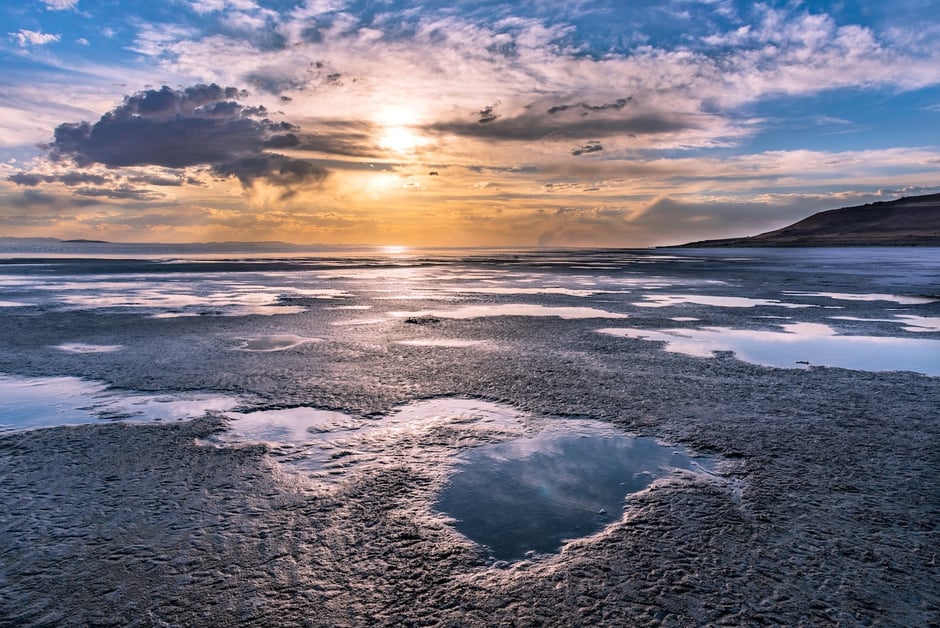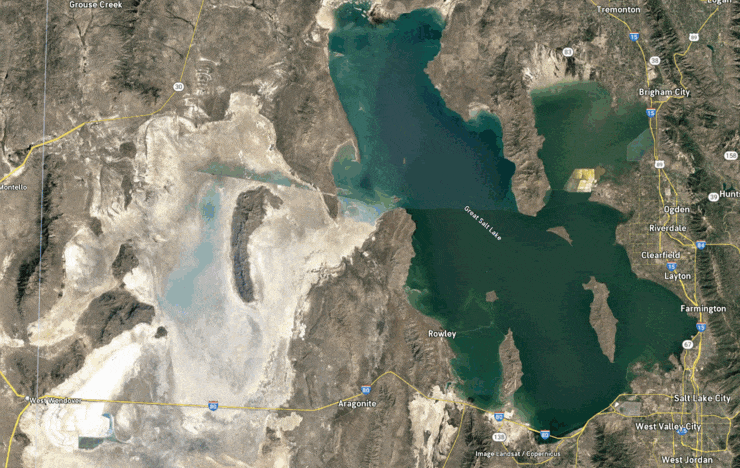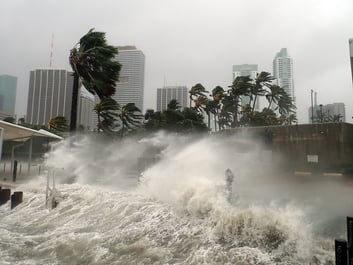Climate Change Series: The Disappearing Great Salt Lake

Summary
One of America’s icons of the West, the Great Salt Lake, is shrinking and it’s having a major impact on the people and businesses who depend on it.
Key Highlights
The largest salt lake in the Western Hemisphere is home to multiple species
River diversion, drought, and warmer temperatures are drastically decreasing the water levels
Climate change will dramatically impact businesses across the country in the near future
A Vanishing Icon
When you think of Utah, one of the first things that come to mind is its iconic Great Salt Lake. Located in the northern part of the state, it is the largest lake west of the Mississippi River and the largest salt lake in the Western Hemisphere. It’s a critically important habitat for millions of native and migratory birds and is a federally managed bird refuge. The body of water is so massive that it contains several islands, causeways, a railroad, and three state parks. But recently, the unthinkable started to occur–this behemoth began to dry out. A combination of river diversions and the impacts from the mega-drought across the American West have driven the lake to the lowest levels seen since record-keeping began back in 1847. Currently, the lake is less than half of its average size -- a mere 937 square miles. AccuWeather teamed up with the Salt Lake Tribune to create this map showcasing the lake’s drastic transformation and explore its impact on the surrounding communities.

Habitat loss is also a major concern as the water recedes. More than 10 million migratory birds visit the Great Salt Lake as they migrate between the northern and southern hemispheres, a huge moneymaker for the local tourism industry. Bird watching festivals bring in people from across the nation, contributing a whopping $1.3 billion to the local economy. Experts believe it will be a long, difficult road to get the lake back to just its average water levels due to the water diversion issues and worsening droughts linked to climate change.
What’s happening in the Great Salt Lake is just one example of how the impacts of climate change can dramatically alter business models and performance. AccuWeather’s ClimateReadyTM Risk Mitigation is a service designed to lead businesses into the future, reducing risk and liabilities and turning the challenges of climate change into opportunities. Our unique and revolutionary service provides superior guidance on potential weather events and their business impacts under differing climatic impact scenarios out to the year 2100.








